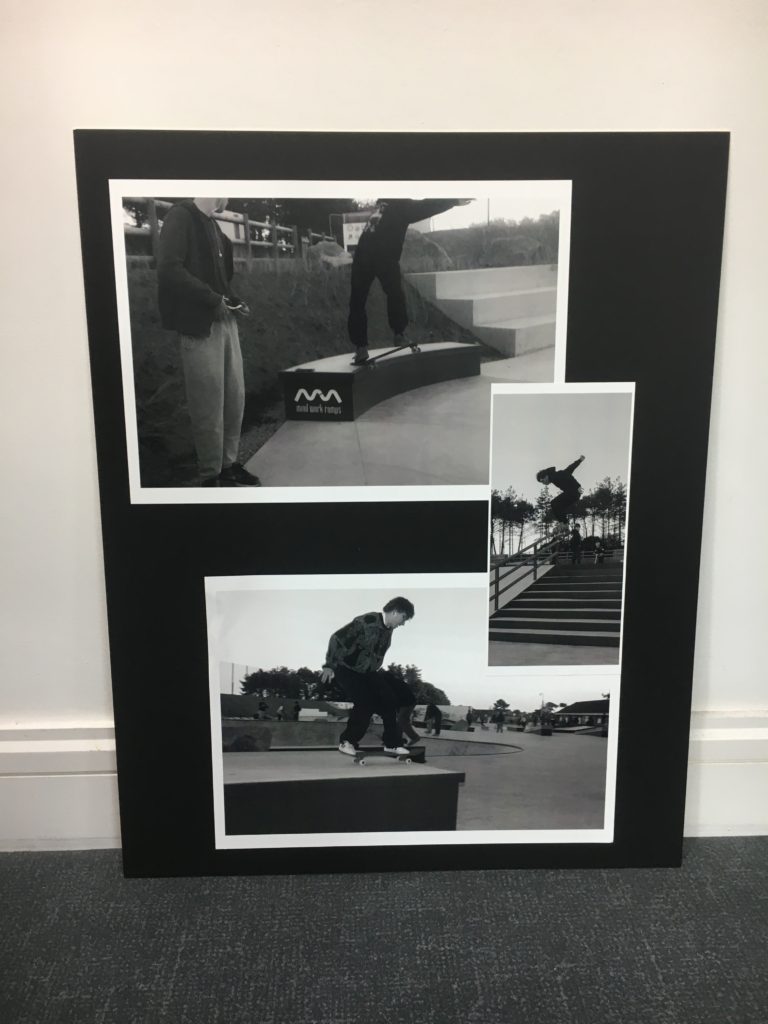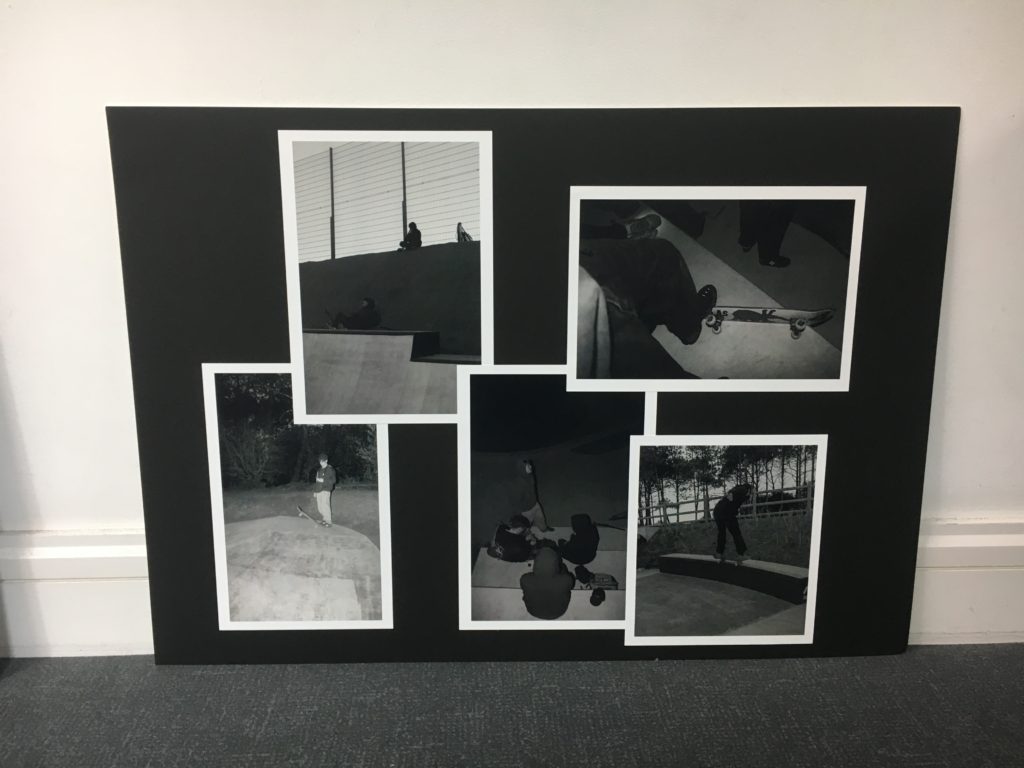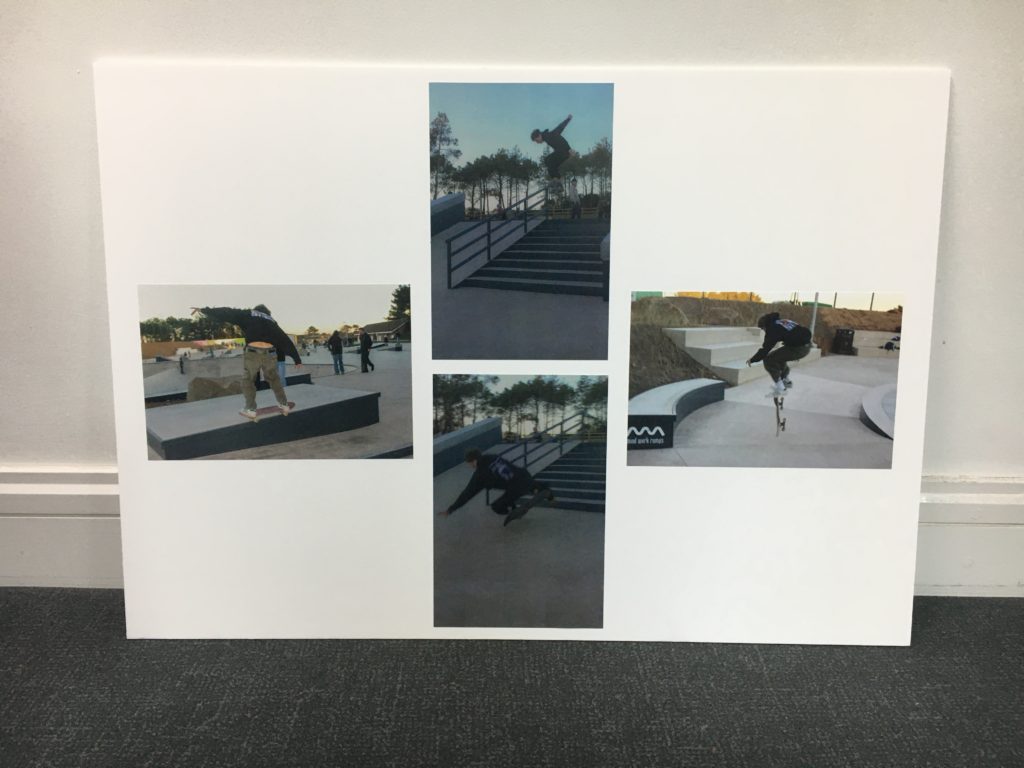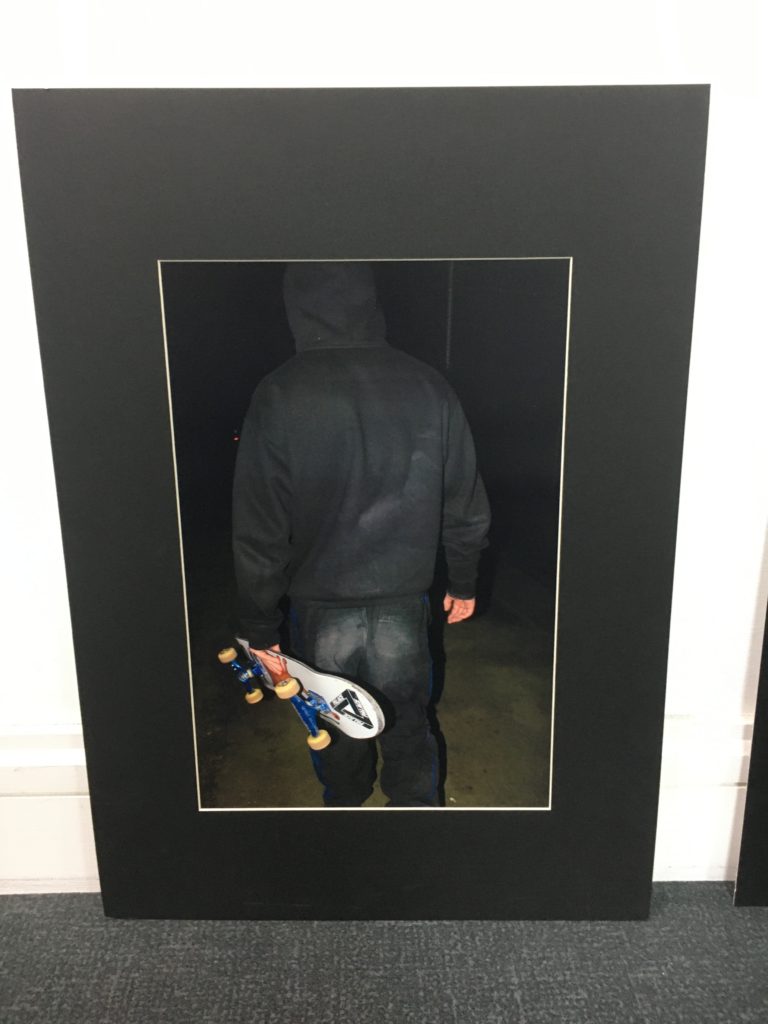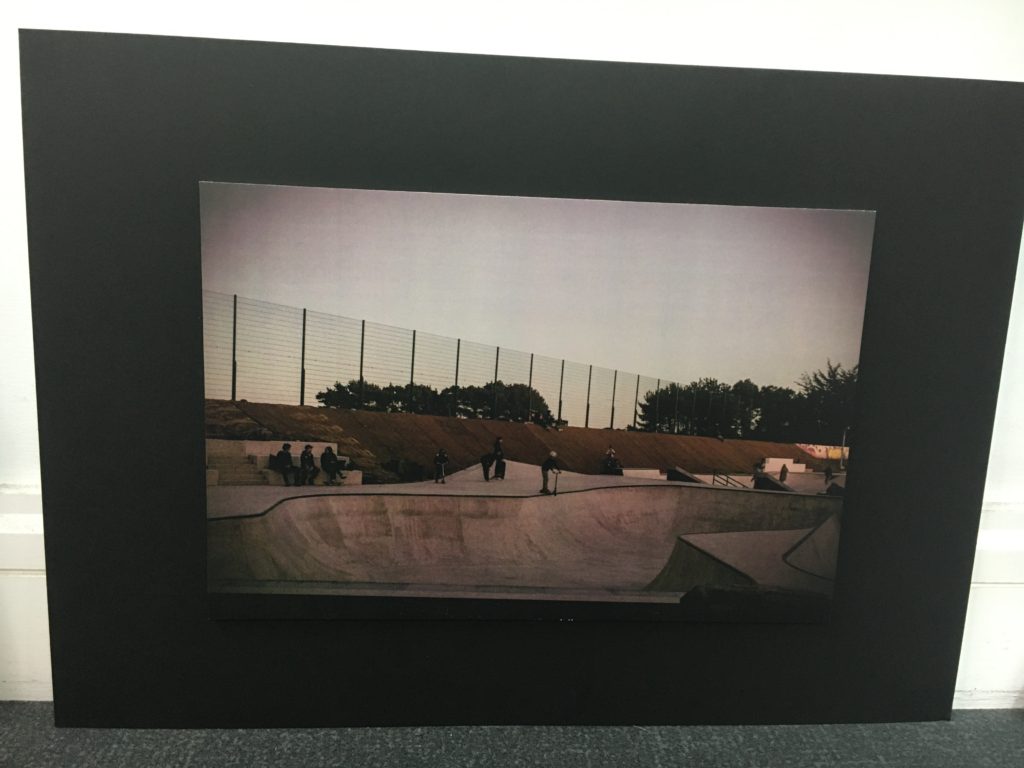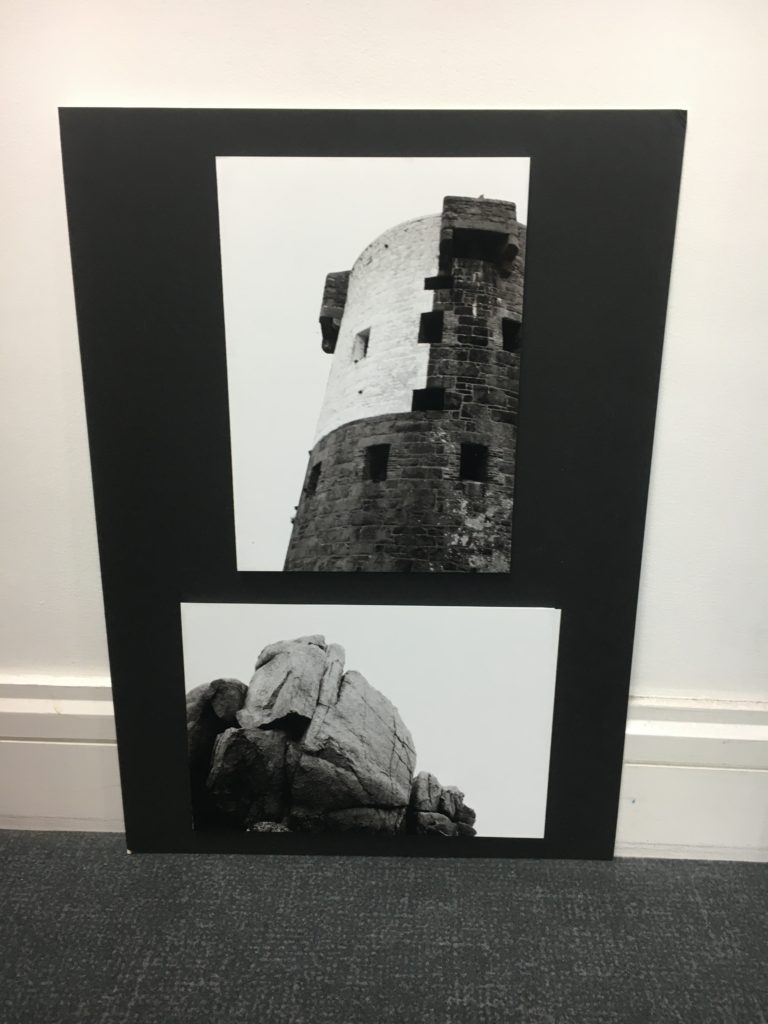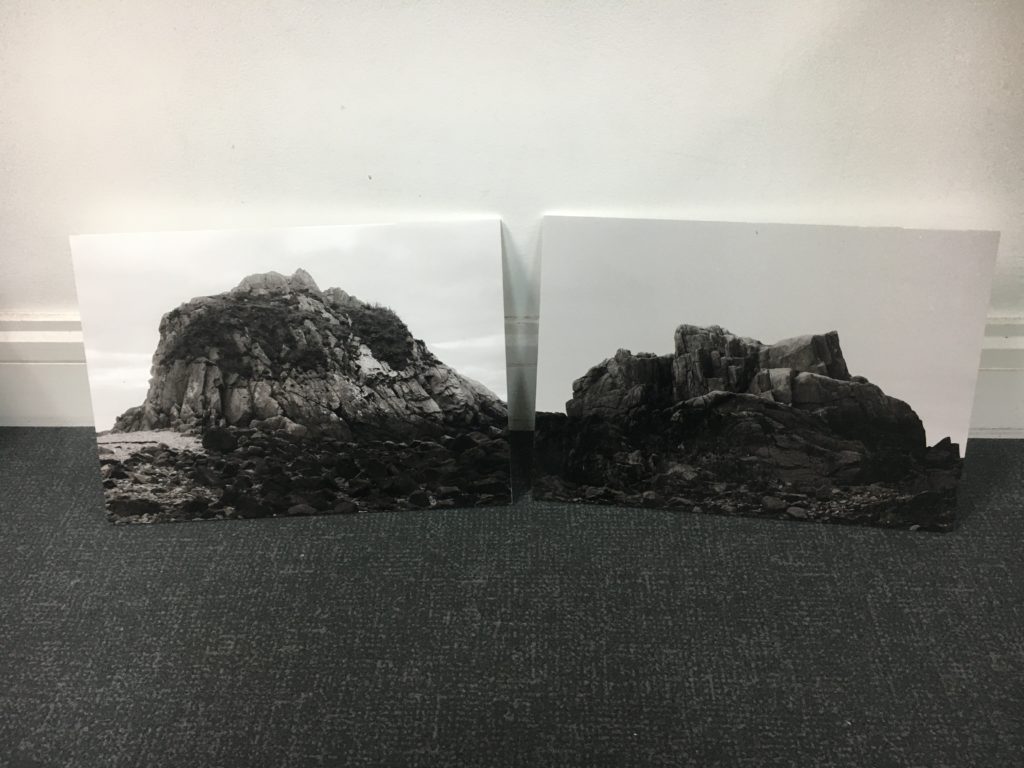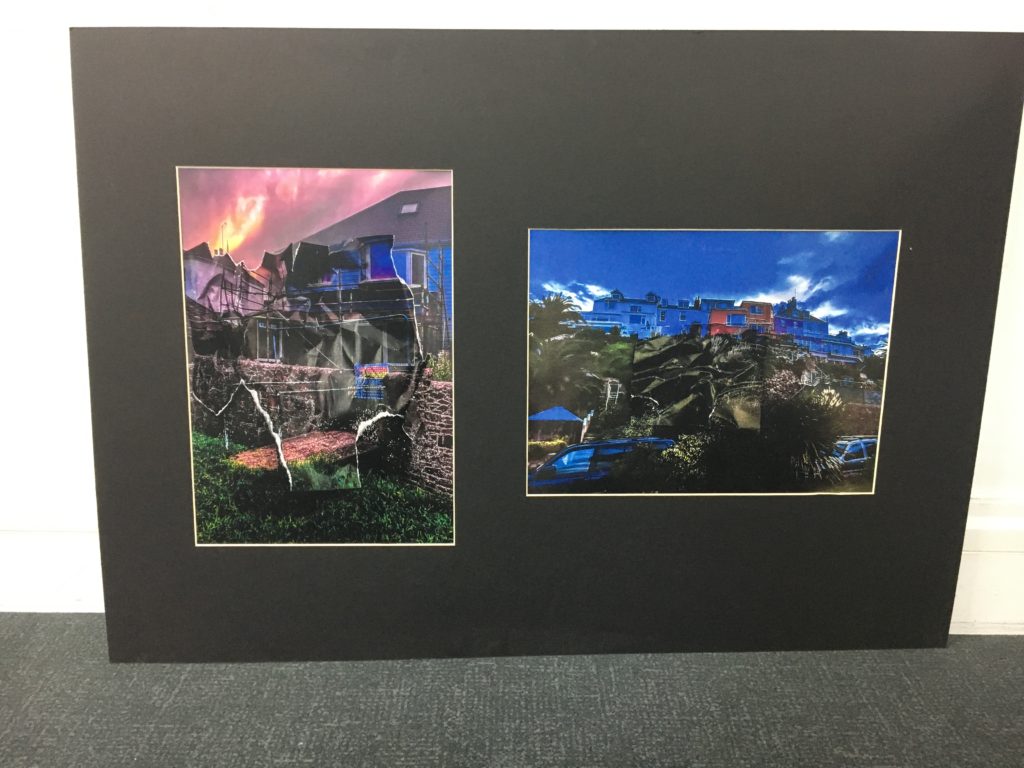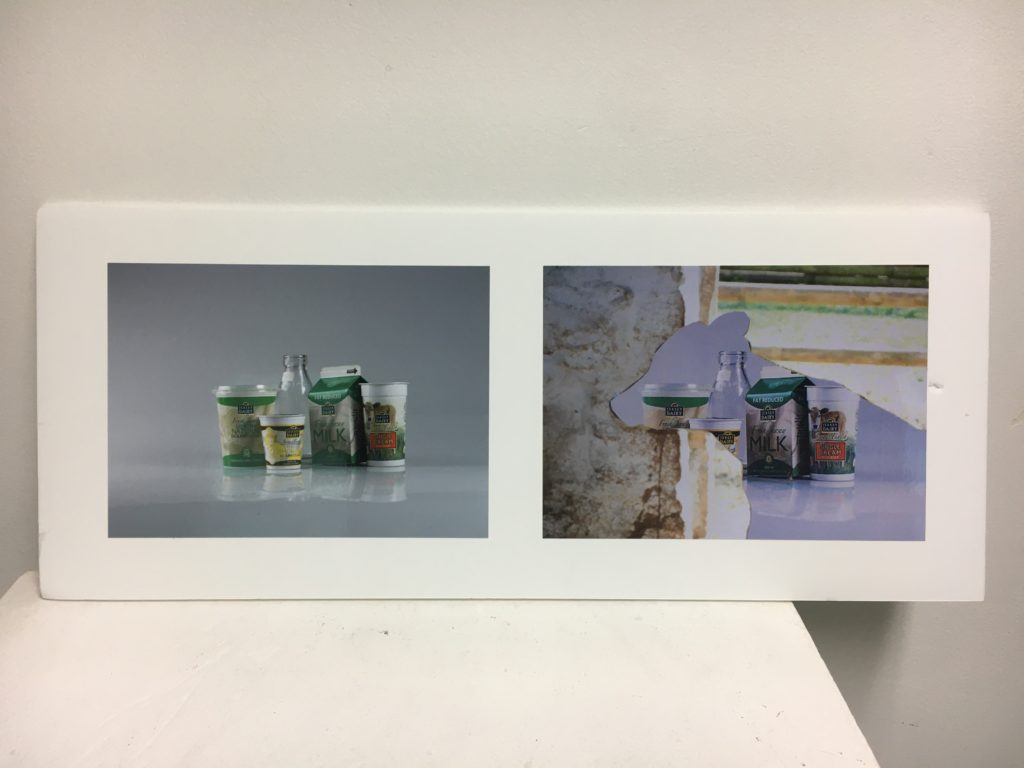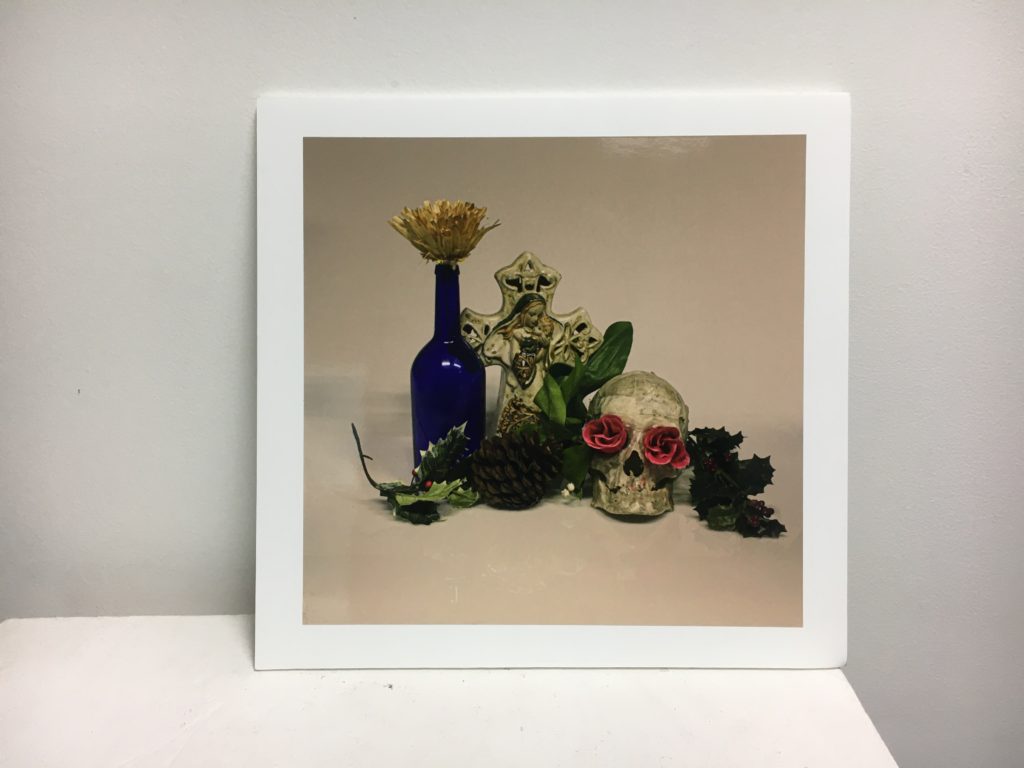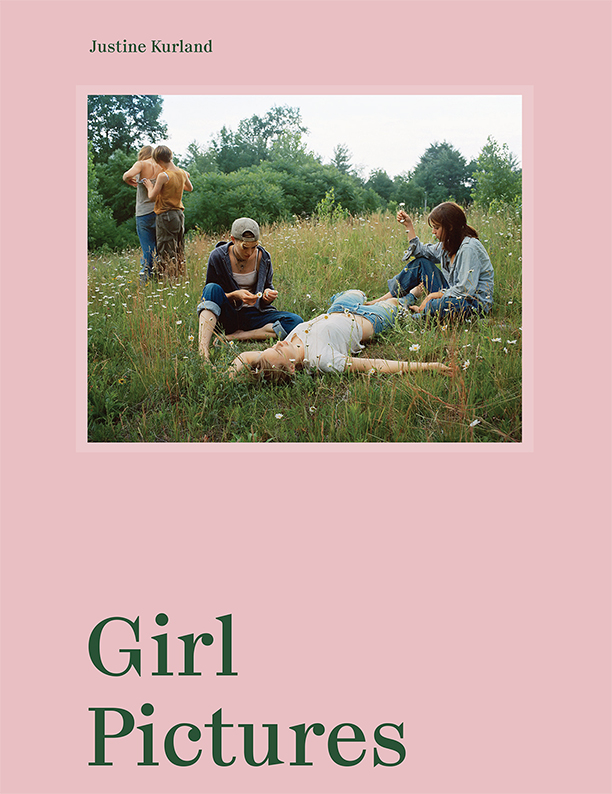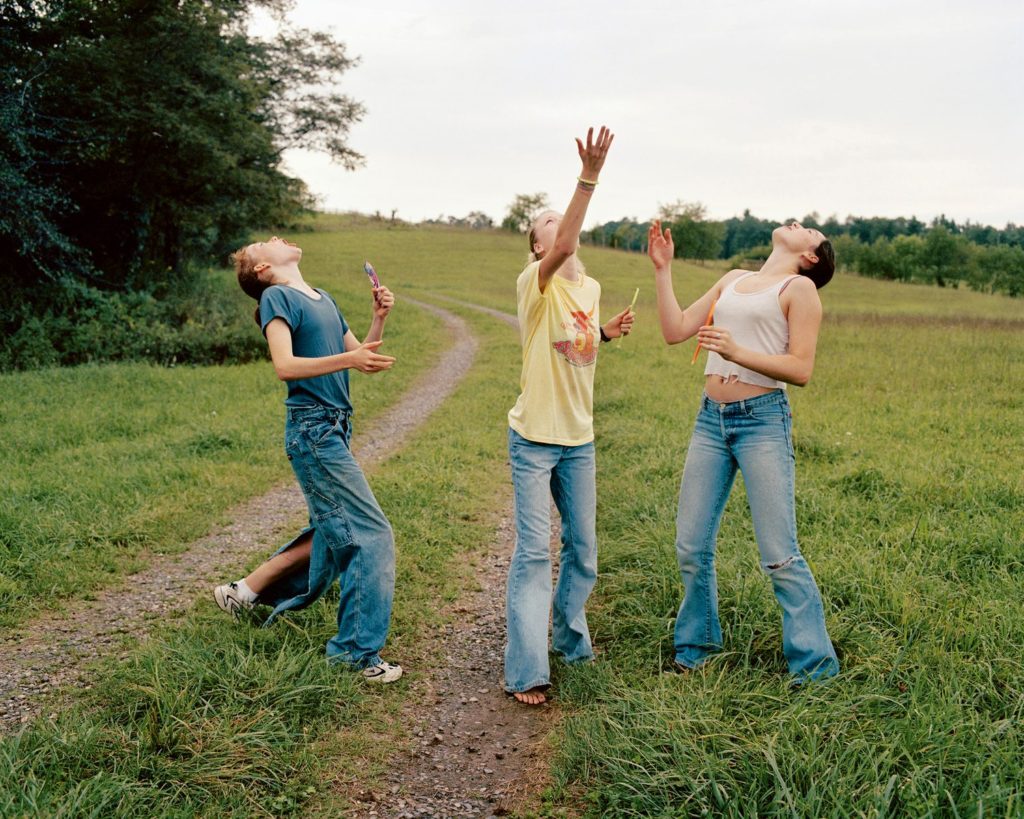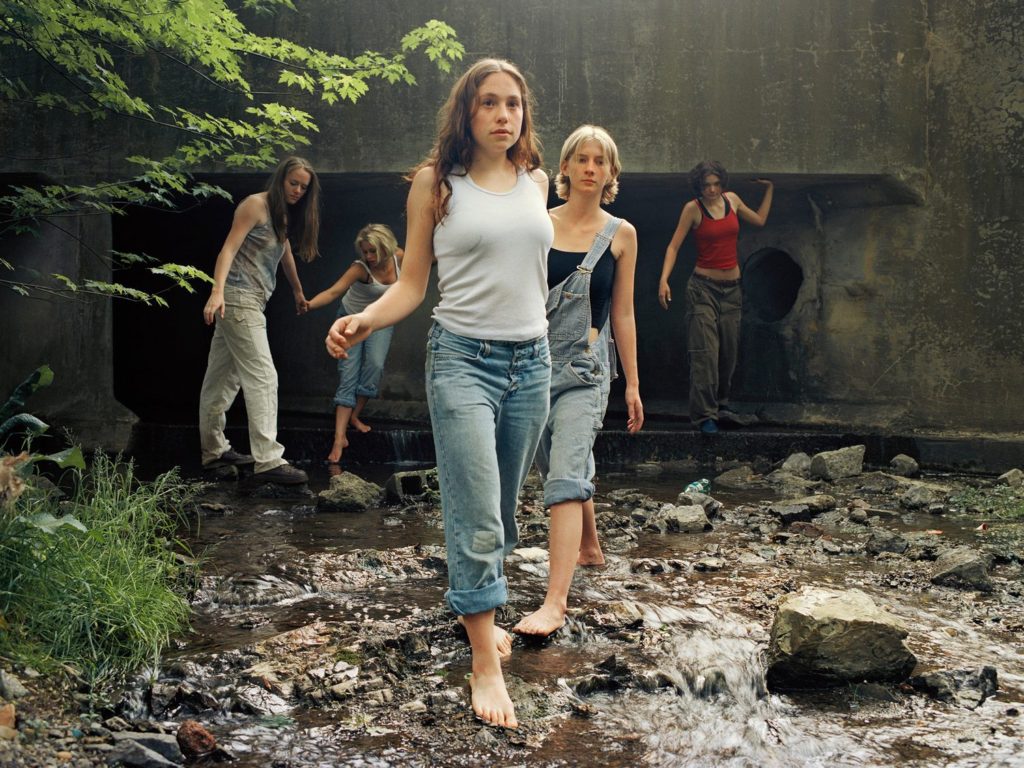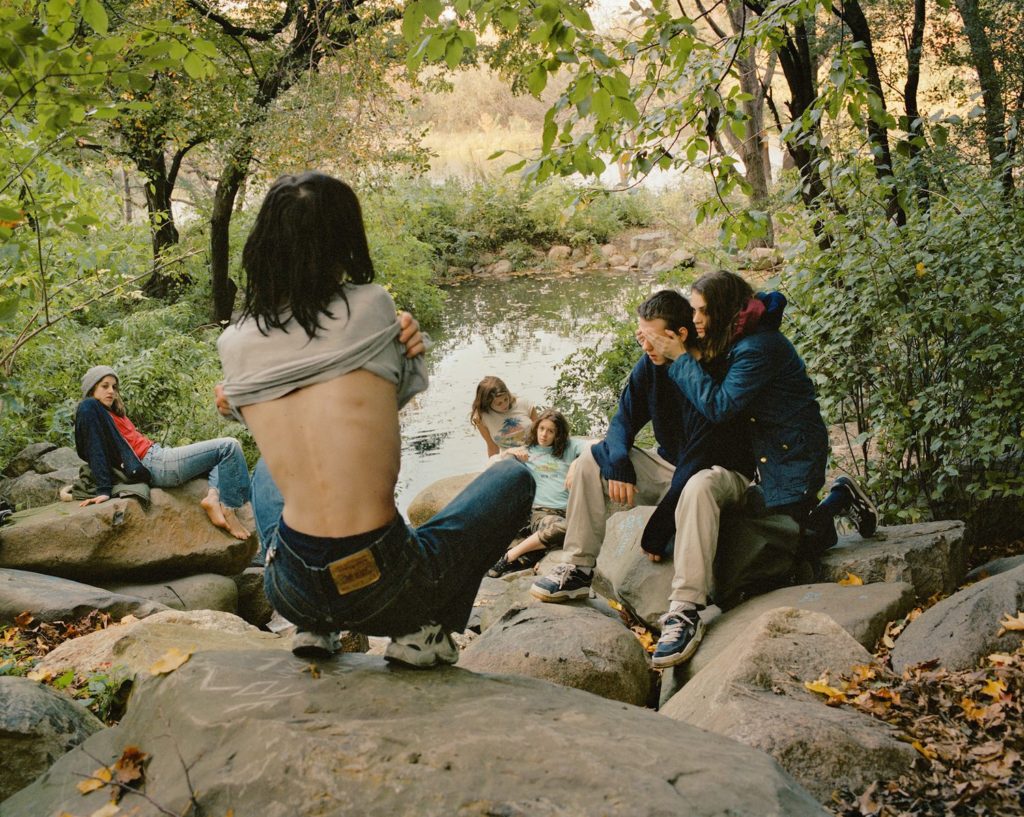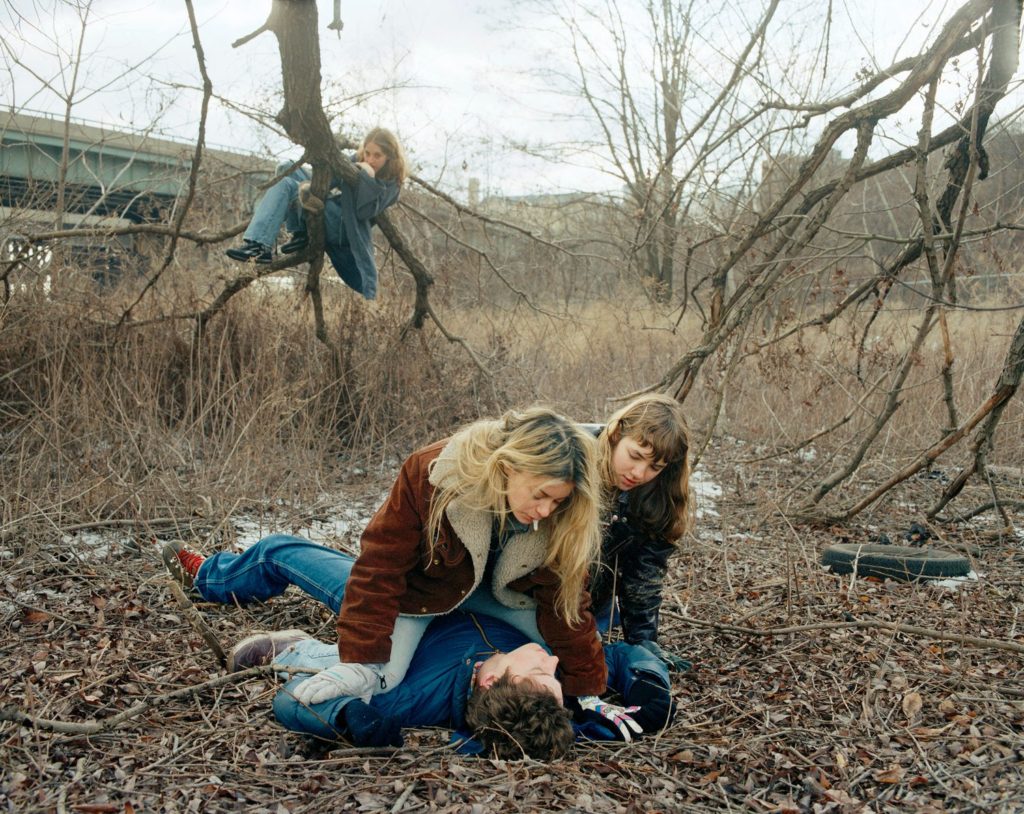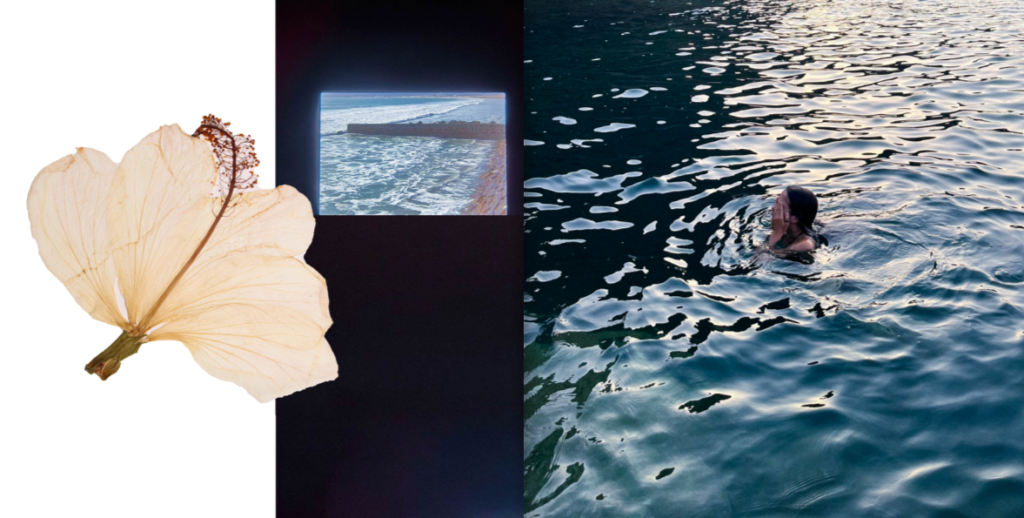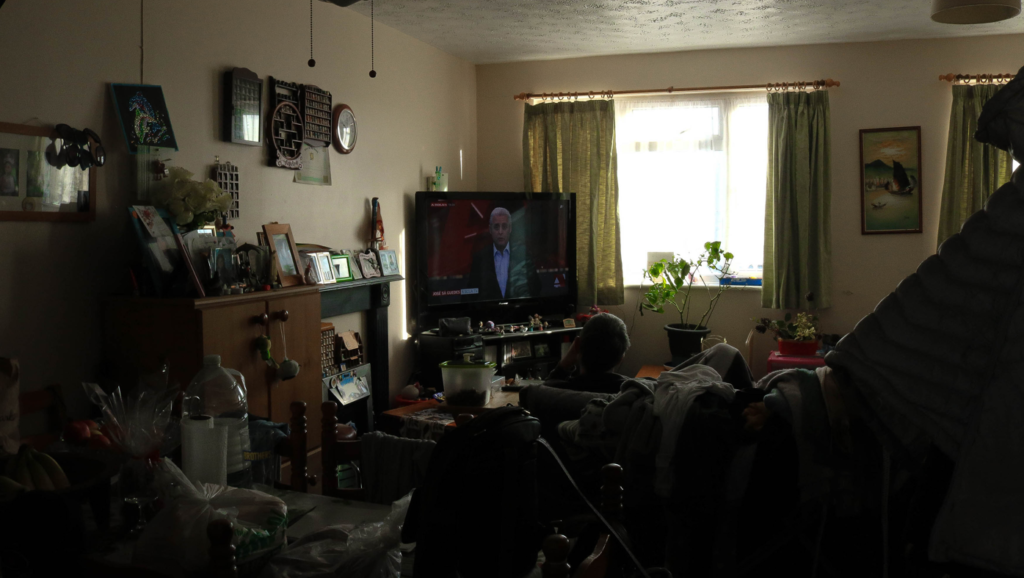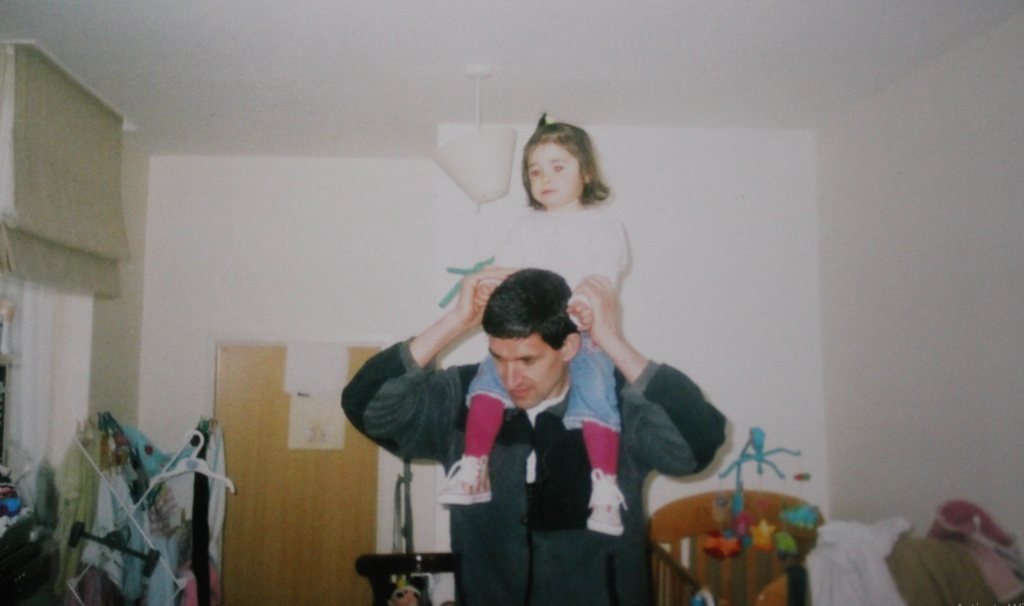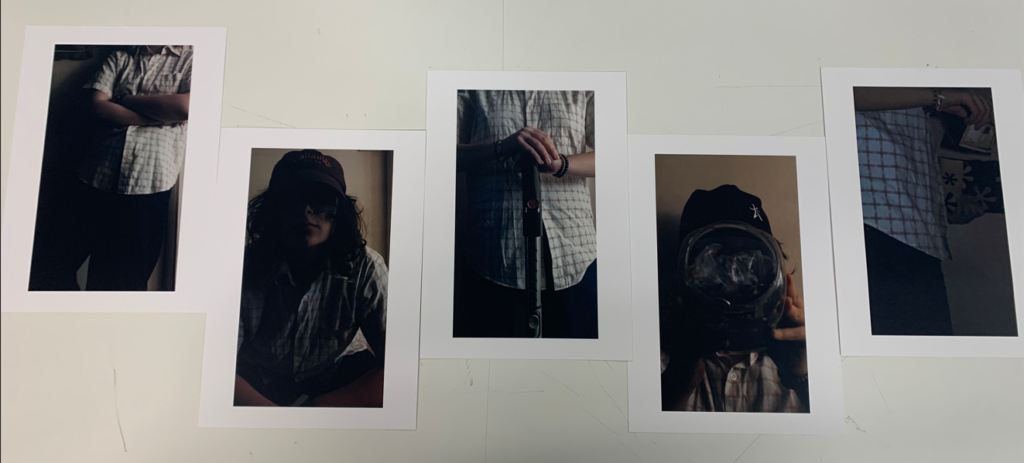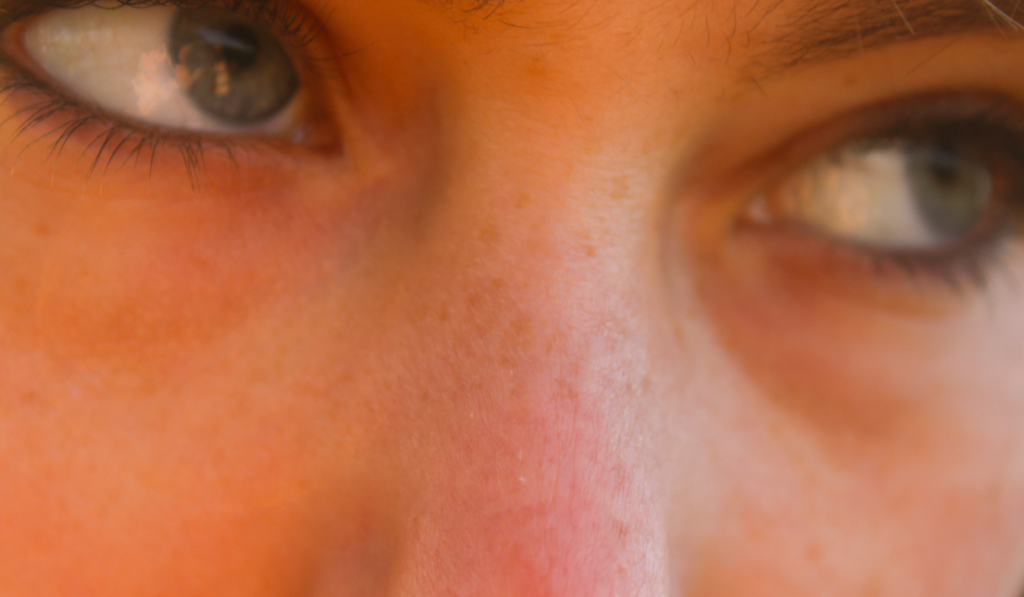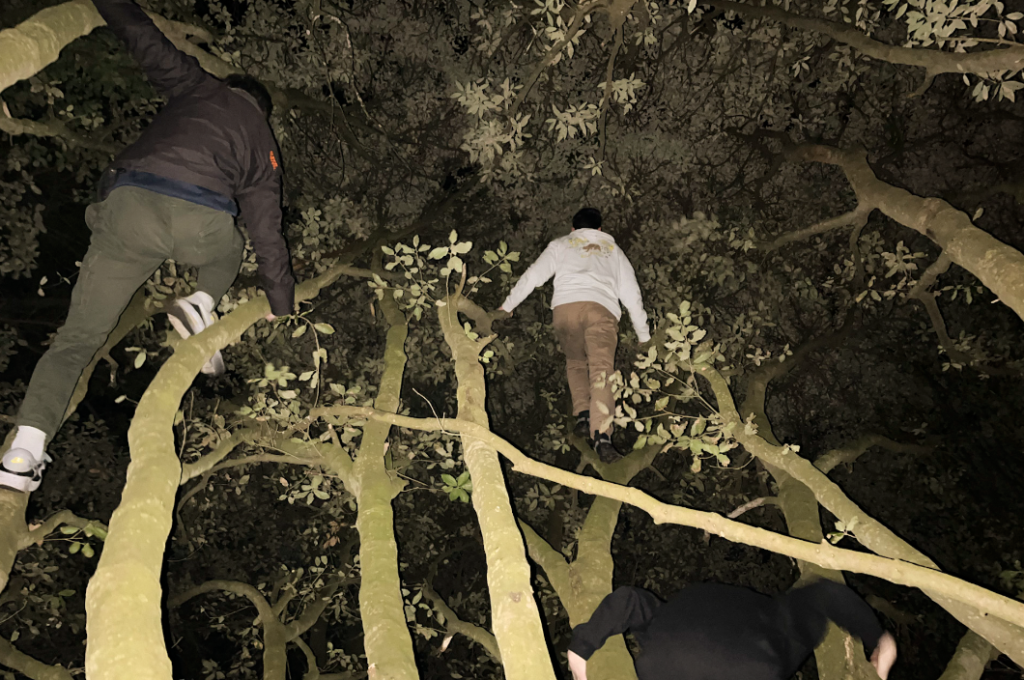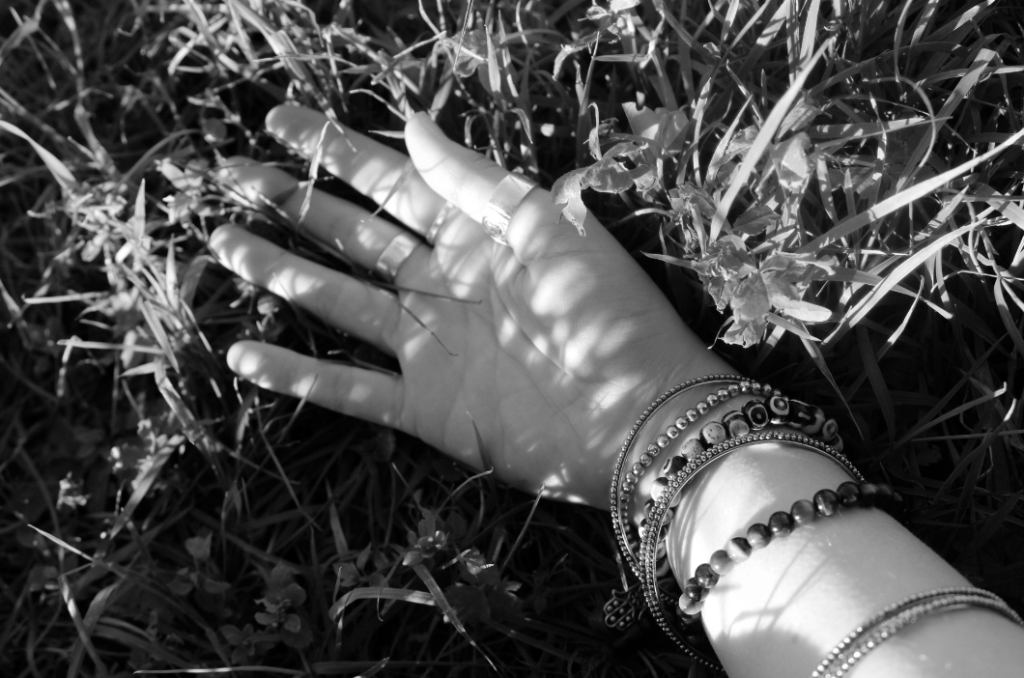Still Life
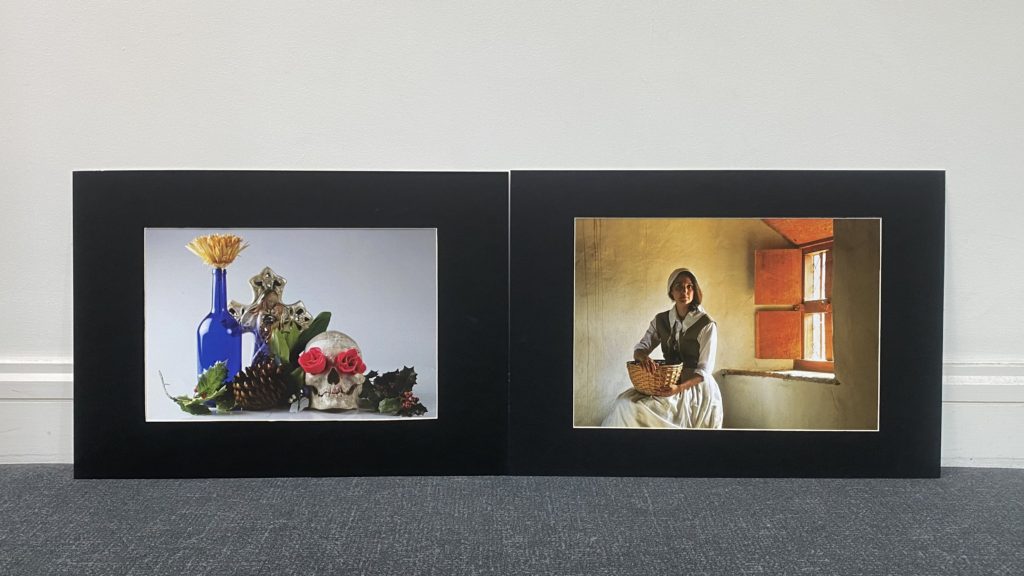
For the start of the course, I was shown the two methods of mounting my printed photos, Window mounts and foam board mounts. I took an immediate preference to window mounts as they are not only more aesthetically pleasing, but make the images stand out more. I chose my favourite image from each photoshoot, one from a trip to Hamptonne Country Farm and the other from a shoot taken in the school’s photo studio.
Anthropocene

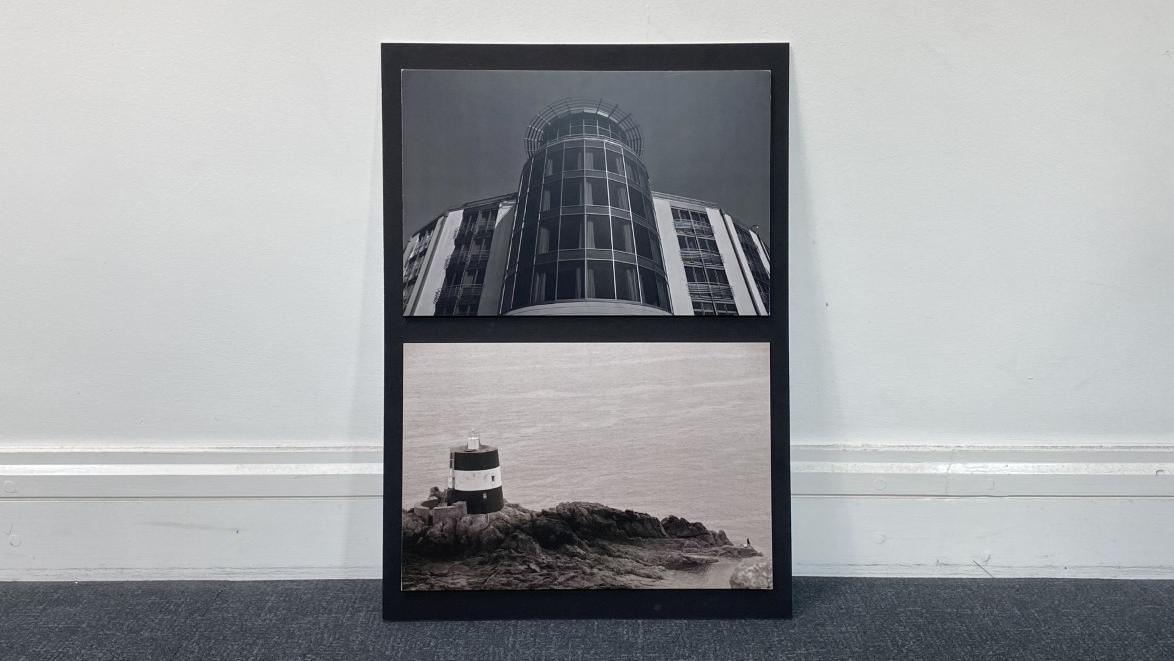
The topic of anthropocene was one I thoroughly enjoyed, if not the most throughout the entire course. The aim of my investigation was to show the comparison between new and old architecture on the island of Jersey. The island has an extreme variety of structures, from La Hougue Bie, a small temple said to be one of the six oldest buildings in the world, to the ultra-modern structures found in the town’s financial district. To do this, I photographed the two ends of the scale on separate occasions and kept the images together when planning my displays. Both large window mount layouts feature the new landscape in the corner and middle images, with the old landscape forming a diamond pattern in-between. This results in an interesting, but tidy presentation of my images and won’t be seen unless mentioned. The other display is my first attempt at a 3D mount, and I feel that it looks great.
My Rock

The My Rock project was my least favourite out of the course, however I used this opportunity to develop my skills with the mounting process. I chose nine images, three of which were portrait with the rest being landscape. My first mount was again, nine window mounts with the portrait images arranged along the middle row. This mount was different, but I wanted to create something special. I printed the same nine images out again and planned a complex mount featuring the portrait images diagonally along one axis, with a combination of window mount, mount-board and foam-board along the opposite axis. This process was extremely time consuming as it required extreme amounts of precise measurements so that the display would look symmetrical when complete.
Personal Investigation
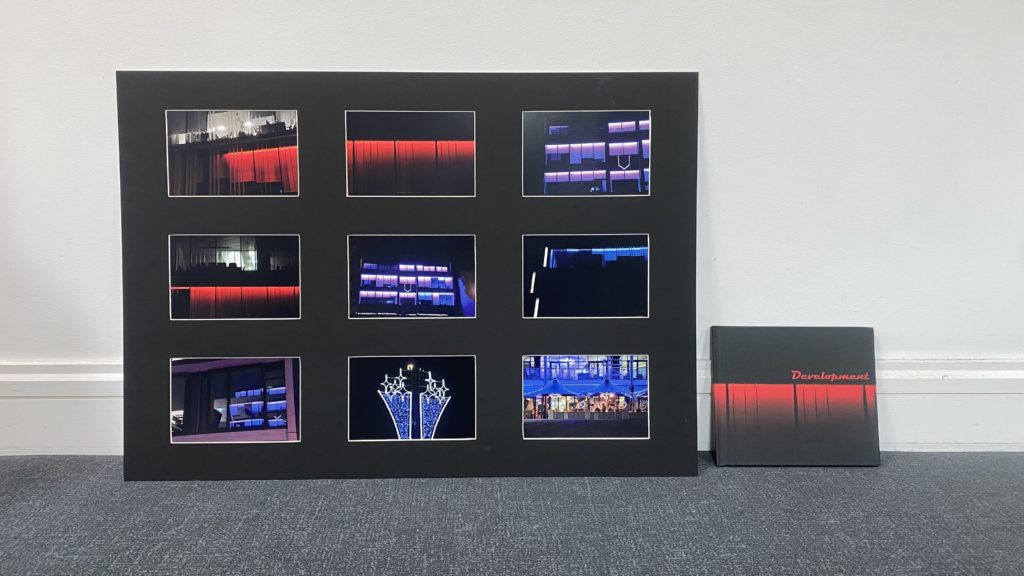
My final project was a personal study. This meant that I could pick whatever topic I wanted. I favoured the anthropocene project and so wanted to do something similar with a different theme. I wanted to experiment with light as I hadn’t thought of that before and thought it cold provide an interesting result. I went with the same mounting technique that I was used to and also produced a photobook to properly display my images in a more physical form

